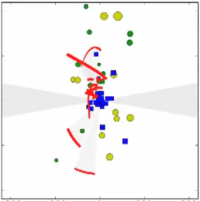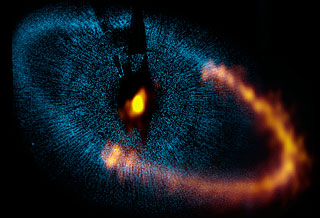Updated and bumped: I will be discussing this story on the the John Batchelor Show tonight, February 17, Friday, 12:50 am (Eastern), and then re-aired on Sunday, February 19, 12:50 am (Eastern).
———————————————————————-
Someday, humans will be traveling far from Earth in large interplanetary spaceships not very different than the International Space Station (ISS). Isolated and dependent on these ships for survival, these travelers will have no choice but to know how to maintain and repair their vessels whenever something on them should break.
And things will break. Entropy rules, and with time all things deteriorate and fail.
Each failure, however, is also a precious opportunity to learn something about the environment of space. Why did an item break? What caused it to fail? Can we do something to prevent the failure in the future? Finding answers to these questions will make it possible to build better and more reliable interplanetary spaceships.
ISS is presently our only testbed for studying these kinds of engineering questions. And in 2007, a spectacular failure, combined with an epic spacewalk, gave engineers at the Johnson Space Center a marvelous opportunity to study these very issues.
» Read more




